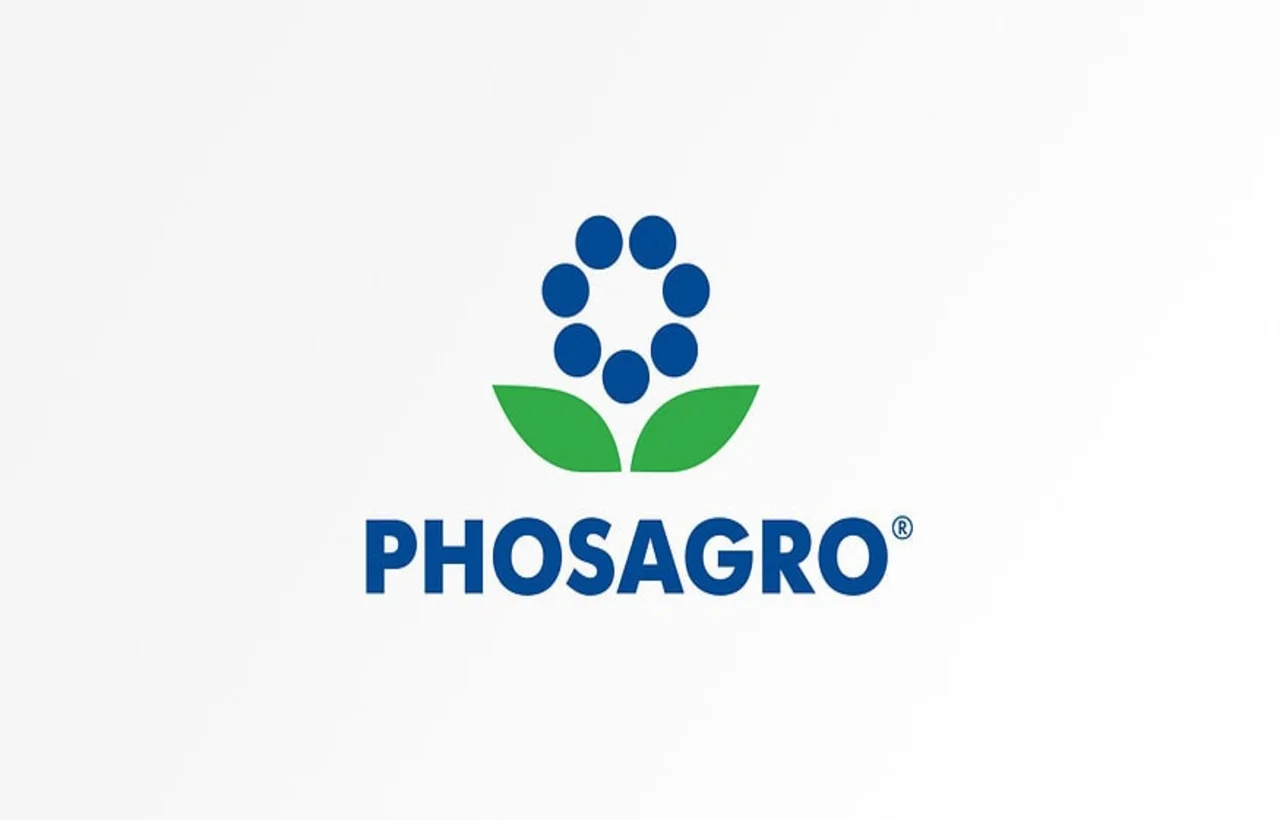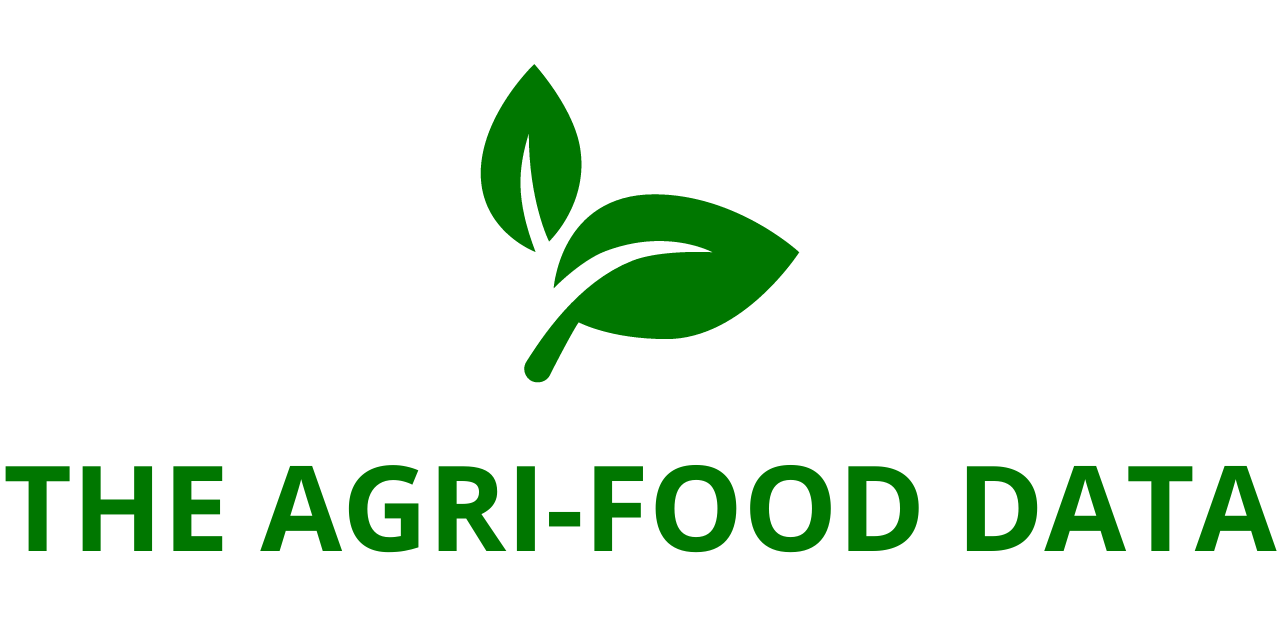
PhosAgro Group, one of the world’s leading vertically integrated producers of phosphate-based fertilizers, has released its operating and financial results for the nine-month period ending September 30, 2024.
9M 2024 Performance Highlights
PhosAgro achieved a 2.4% year-on-year increase in agrochemical production, reaching 8.8 million tonnes, driven by a 4.0% growth in phosphate-based fertilizers and feed phosphates, totaling 6.7 million tonnes. Sales of agrochemical products grew by 4.1% to over 9 million tonnes, with a notable 5.9% rise in phosphate-based fertilizers and feed phosphates.
The company’s revenue climbed 12.8% year-on-year to RUB 371.0 billion, reflecting higher production and sales volumes. EBITDA reached RUB 123.5 billion, down 18.2% year-on-year, due to rising production costs, export duties, and increased personnel expenses. Free cash flow amounted to nearly RUB 36.0 billion, with net debt standing at RUB 272.7 billion, resulting in a net debt/EBITDA ratio of 1.75x.
Despite global price recovery and increased production, EBITDA margin for the period was 33.3%, bolstered by PhosAgro’s efficient production facilities and flexible sales strategy. Planned capital expenditures for strategic projects impacted free cash flow, alongside increased exports to Latin America and inventory buildup for the Russian and European markets’ seasonal demand.
Production and Market Expansion
A key factor in PhosAgro’s production increase was the output of three-element fertilizers, with DAP/MAP up by 2.1%, NPK by 17.2%, and MCP by 8.1%. This growth was fueled by enhanced phosphate rock processing and full-capacity operations at the Volkhov plant. Domestic market sales rose by 13% year-on-year, with flexible production facilities allowing for adjustments between two- and three-element fertilizers.
Sales growth was propelled by a strong network in Russia and global demand, especially in Europe, Latin America, and Africa.
Fertilizer Market Dynamics in Q3 2024
The global fertilizer market in Q3 was influenced by limited exports from China, strong seasonal demand in Latin America, and production constraints due to summer maintenance at major facilities, which supported prices. However, reduced global agricultural prices affected fertilizer affordability.
Phosphate fertilizer prices benefited from demand in Latin America, while nitrogen-based fertilizer prices were bolstered by export restrictions in Russia, Southeast Asia, and North Africa. India’s increased urea imports also supported nitrogen fertilizer prices. The Q3 average MAP price rose to USD 592 per tonne (FOB Baltic) from USD 532 in Q2, while urea and ammonium nitrate prices saw moderate increases.
PhosAgro’s results highlight its resilience an





